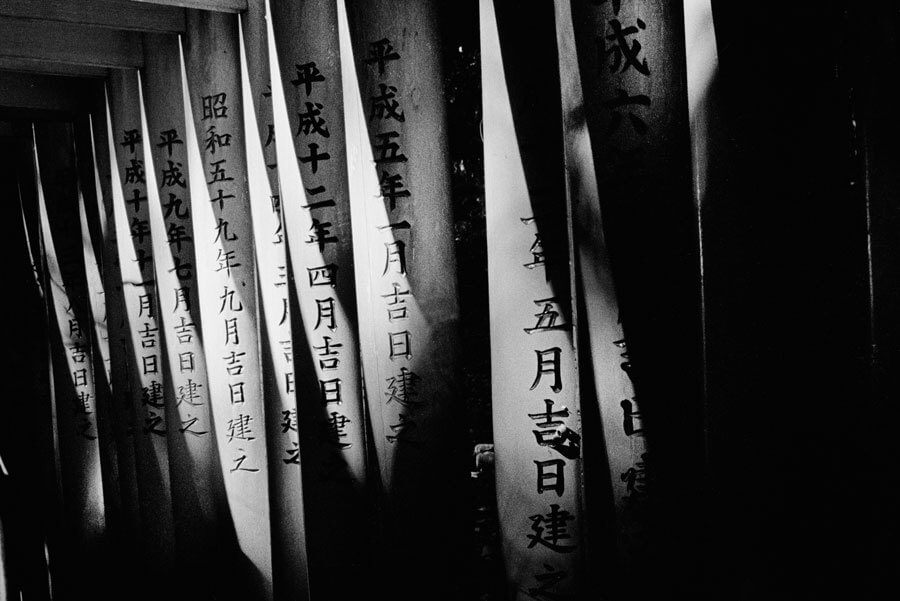Cyrille Druart is a photographer from Paris who, at an early age, developed an interest in art. After experimenting with various fields of interest and attending design school, he started to focus more on photography. Cyrille’s love of the city and work in architecture has led him to traveling and wandering randomly through the big cities of the world searching for great images.

How people interact and behave fascinates Cyrille and many of his pictures focus on the loneliness of the city, which he feels is the central feeling of the urban lifestyle. He almost exclusively shoots in black and white and prefers contrasted, dark looking images.

What’s the inspiration behind your contrasted, dark looking images?
Black and white allows visual simplification. And by contrasting an image, I can reduce grayscale and shapes to three or four elements, which make the image very quick to read. I love that sense of immediacy. But above all, it allows me to take off fragments from reality by creating a parallel dimension. B&W is very strange when you think about it. It is unrelated to anything we experience in nature, or what we usually see with our eyes.
Finally, B&W enhances the drama of a situation, it may even become disturbing, which is very interesting for a photographer like myself. I love mystery. This is why I also use film for my personal work. Its specifications work well for me. It can deal with a sudden change of luminosity and deliver clear images, with full grayscale. Although some people use it for its nostalgic aspect, I prefer to use it for its superior rendering.

What makes the city so interesting?
I shoot almost exclusively in urban areas, and preferably very large cities. The anonymity allows people to be themselves and the architecture makes great physical boundaries which I can play with and define a path for the inhabitants. The countryside isn’t very inspiring to me. I love to feel at the excitement and constant agitation of the city.

What inspired you to shoot the type of photography you do?
I love watching people. Not anecdotes, but large movements. It’s very interesting that despite our cultural differences, reactions to events are not so different between the different cultures. When I take a photo of someone in the street, it’s not just one person I would like to show, but a universal moment, as if this person represented all others. Just like architecture, it is the relationship between man, the structure, and his evolution in space that interests me. I learn a lot about people when taking photos. I was also very influenced with movies. I tend to look for unusal situations and images that bring questioning. It tickles the imagination.

What have you learned the most through your years of photography?
I have developed my sense of timing, and above all to never hesitate. Photography is a matter of seconds. If you’re too early or too late, you miss the shot. You need to feel the moment, like a dancer doesn’t think while he moves.
Website: cyrilledruart.com
